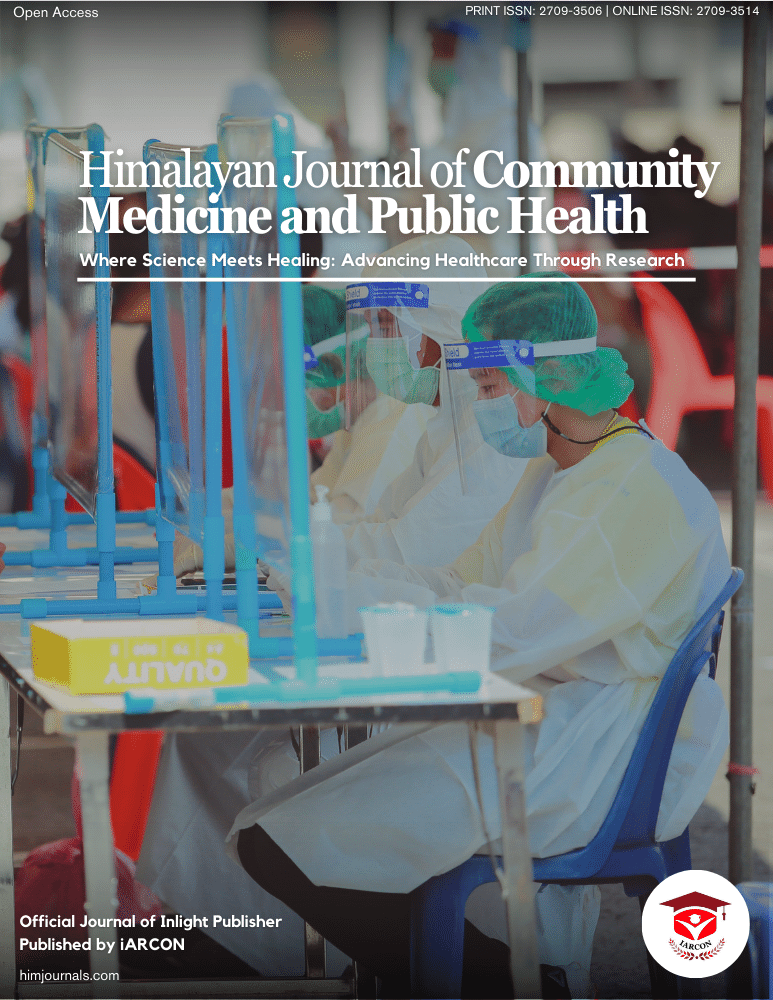Adolescence, the transitional phase between childhood and adulthood, represents a critical period of physical, emotional, and psychological development. During this pivotal stage, adolescents establish habits and behaviors that can significantly influence their health and well-being throughout their lives. One of the fundamental pillars of maintaining good health and preventing various diseases is personal hygiene and care habits. These practices encompass a wide range of behaviors, including handwashing, dental care, skincare, and more, that collectively contribute to overall hygiene and well-being.[1-3]
Himachal Pradesh, a picturesque state nestled in the northern part of India, is celebrated for its breathtaking landscapes and rich cultural heritage. While the state's natural beauty is undeniably captivating, the evolving lifestyle of adolescents in Himachal Pradesh is undergoing transformation in the modern era. The advent of technology, changing dietary patterns, and urbanization have reshaped the daily routines and behaviors of adolescents in this region.
Personal hygiene and care habits are vital for adolescents as they navigate the complexities of growing up. These habits are not only essential for maintaining physical cleanliness but also for fostering self-esteem, preventing diseases, and promoting overall health. Moreover, these practices instill lifelong skills that are integral to leading a healthy and productive life.[4-7]
Understanding the knowledge and awareness levels of personal hygiene and care habits among school-going adolescents in Himachal Pradesh is imperative. It offers insights into their current practices, awareness, and attitudes toward hygiene, providing a foundation for targeted interventions and educational programs that promote healthier habits. Moreover, it empowers adolescents to make informed choices about their health and well-being.
This study aims to evaluate the knowledge and awareness of personal hygiene and care habits among school-going adolescents in Himachal Pradesh. By comprehensively examining their understanding and practices related to personal hygiene, we aim to identify areas where awareness can be enhanced. The findings of this study can serve as a valuable resource for educators, policymakers, and healthcare providers to develop tailored interventions that facilitate the adoption of healthier personal hygiene and care practices among adolescents, ultimately contributing to their improved well-being.

